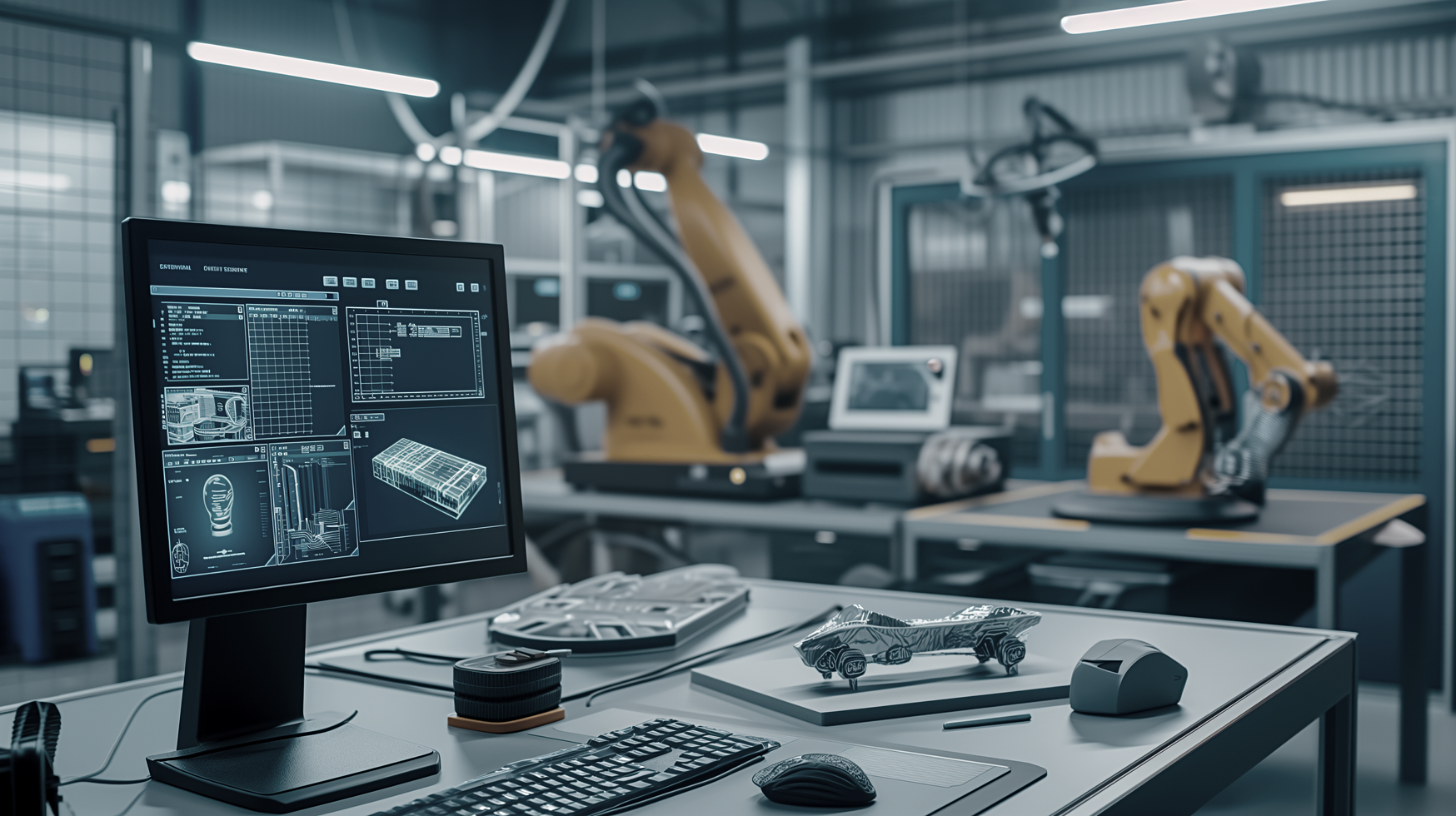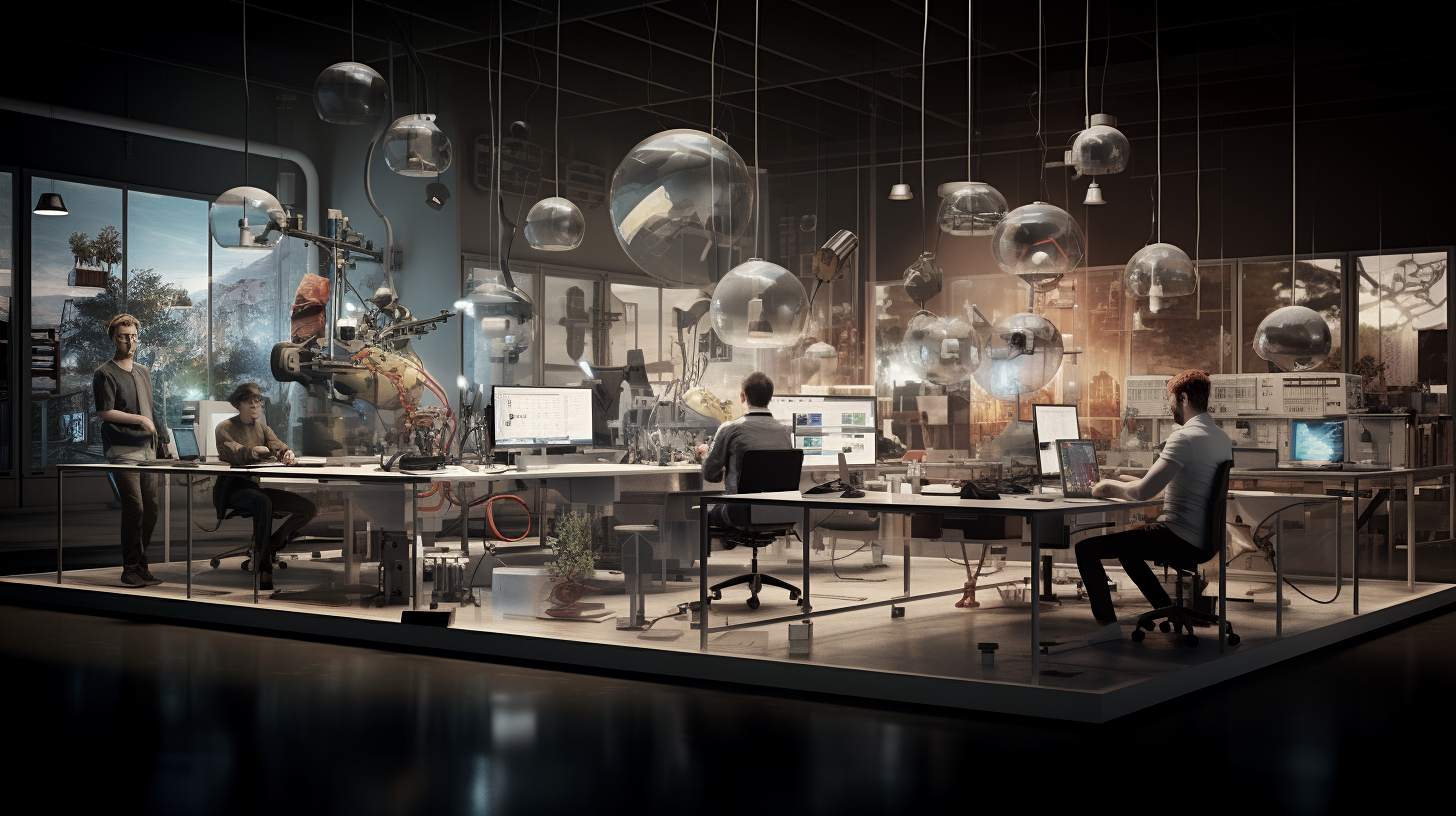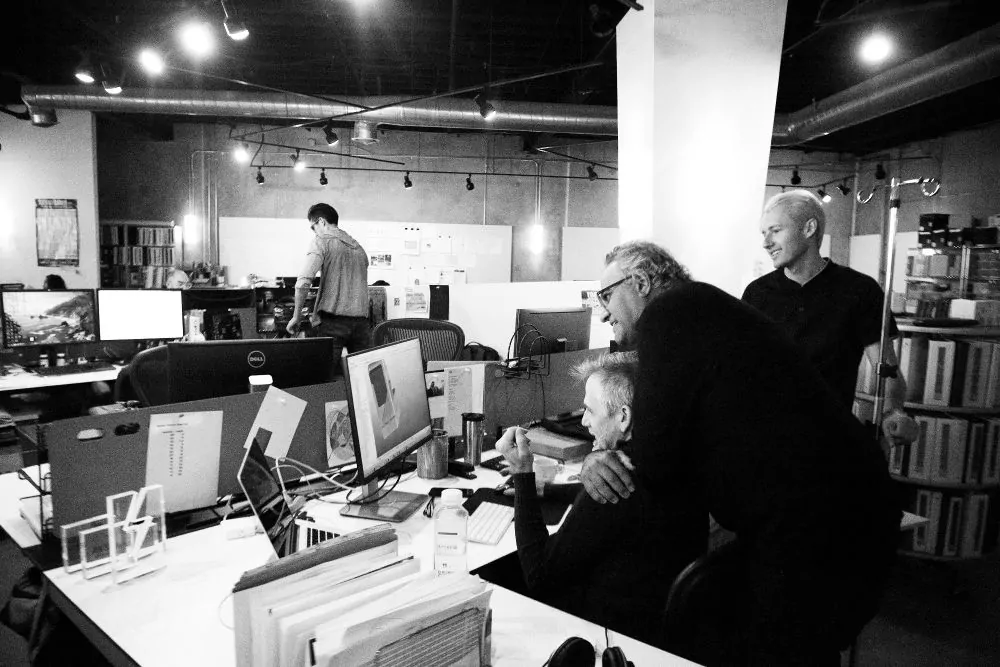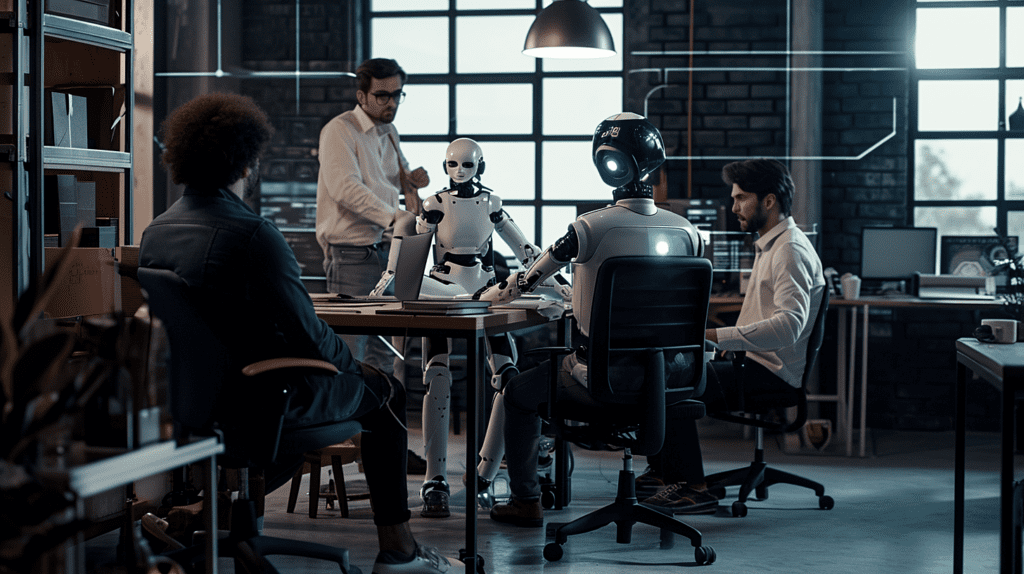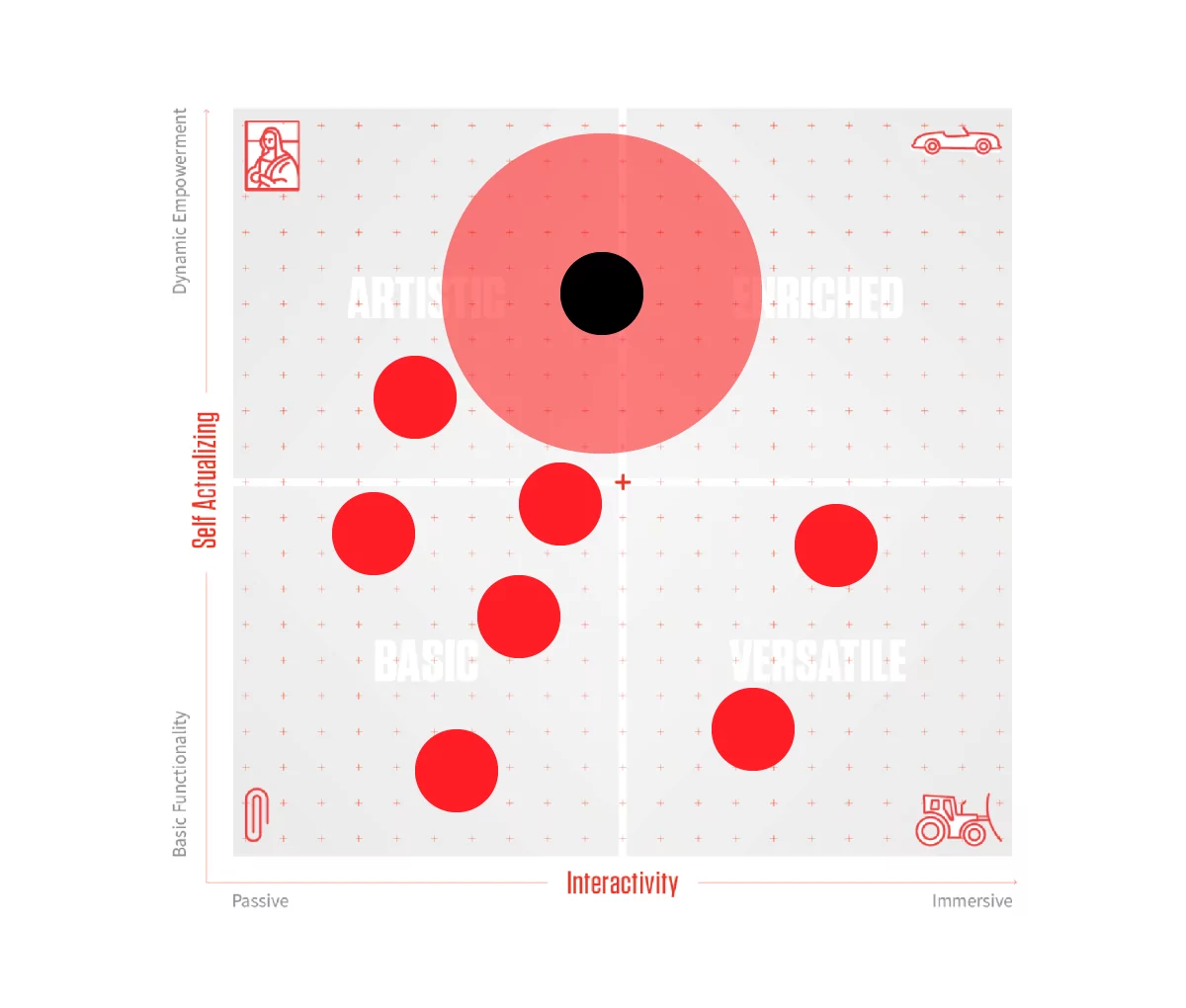As generative AI came to the forefront in late 2022 and 2023, it’s been hard to have conversations around design that don’t include some levels of excitement or anxiety. AI is already changing design, and we believe for the better. AI is a transformative tool to help surface creativity and bring our designs and ideas to life. As we navigate this digital frontier as designers, engineers, and innovators, we focus not only on efficiency and productivity but also on responsibility, creativity, and adaptability.
01.
AI Accountability
“Designers now play a crucial role as custodians of ethical considerations”

Does the creator have any say when models are trained on creative work? 2024 will see many challenges (just starting), and we will begin to find out what relationship human creators have with their digital counterparts. Are we just all data? And should the design community openly embrace giving their work to train ever-more-powerful AI? Designers now play a crucial role as custodians of ethical considerations, infusing responsibility into the essence of AI applications.
Does a designer who uses an AI trained on another’s work need to reference that work? How do we and should we treat each other as designers and innovators? Ethical implications within our community are no longer an afterthought but a central consideration now. As designers, we grapple with the challenge of integrating responsible AI use and its effect on our community and help guide the future of design and innovation.
02.
Collaborating with the Machine
“As generative AI models are trained on data and create new data, they have a place to supplement the creative instincts of designers.“
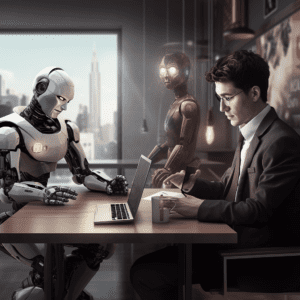
In 2024, AI in Design will be a place where human creativity and artificial intelligence collaboratively redefine design innovation. As generative AI models are trained on data and create new data, they have a place to supplement the creative instincts of designers. In 2024, AI models trained on historical creativity, guided by designers, will begin to create innovative and creative works in their own right. These “mini-me” models will transform from tools into junior designers, part collaborators, and part muse, fostering a new era of creative expression. These models will let younger designers learn and interact with mentors. For experienced designers, they will be studio assistants.
As AI integrates into the design process, we expect designers to grapple with balancing innovation and tradition, leveraging AI capabilities to enhance creativity without losing the distinct human touch. The collaboration between human designers and AI algorithms challenges designers to rethink their roles. In this partnership, designers seek the sweet spot where AI’s innovative potential enriches creativity without overshadowing the human imprint on design.
03.
Micro-AI
“Navigating Micro-AI, designers focus on creating systems that adapt to unique company demands, turning AI into a strategic partner“
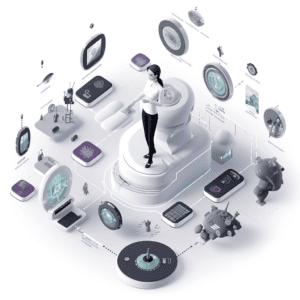
A vital enabler of the previous trends will be Micro-AI. Smaller and more specialized LLMs will signify decentralization and customization and build the foundation for a future where each company acts as the curator of its AI. This departure from a one-size-fits-all model shifts towards bespoke, tailored intelligence aligning seamlessly with diverse roles and workflows. Designers lead this transformative shift, integrating micro-AI into organizational structures, aiming to make AI not just a tool but a valuable asset ingrained in every facet of operations. This trend recognizes intelligence as a customizable spectrum, enhancing efficiency, productivity, and innovation at a micro level. Navigating Micro-AI, designers focus on creating systems that adapt to unique company demands, turning AI into a strategic partner molded to organizational intricacies. The result is a future where intelligence is not just artificial but personalized artfully to suit every need.

